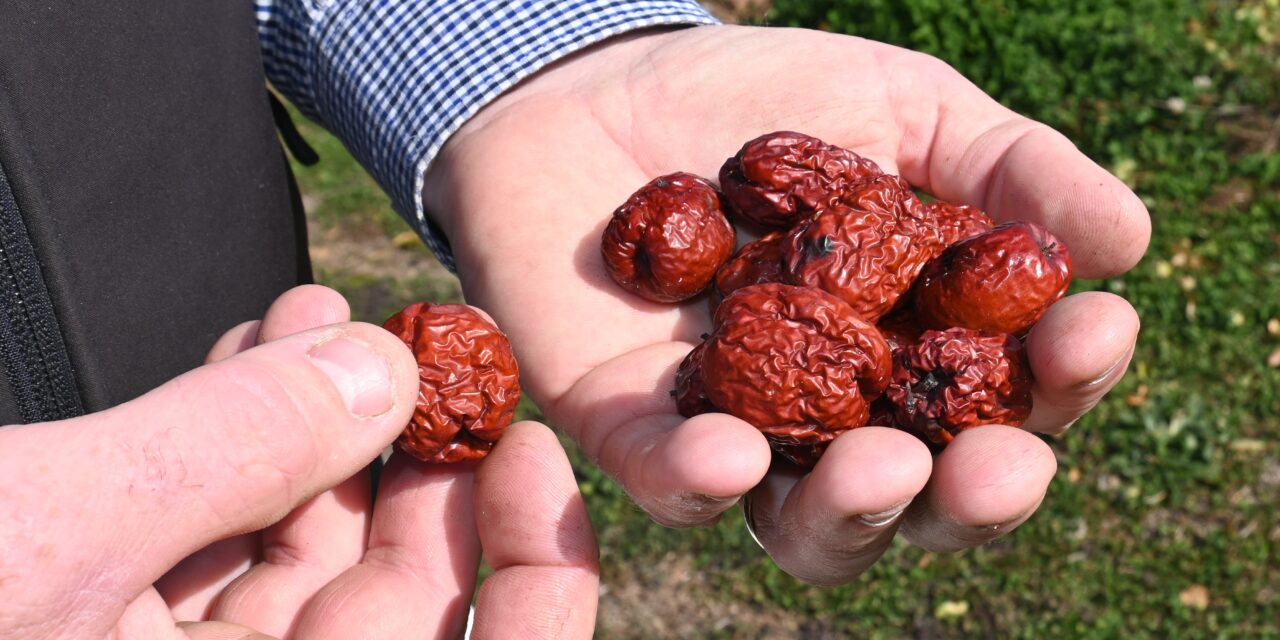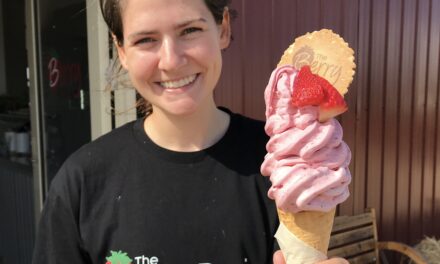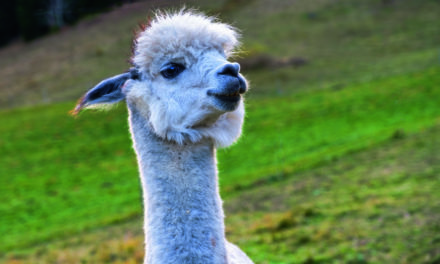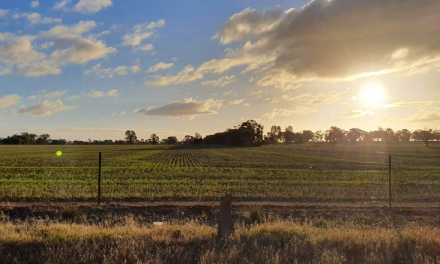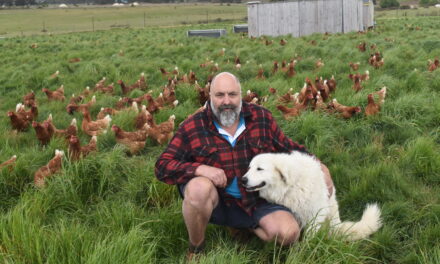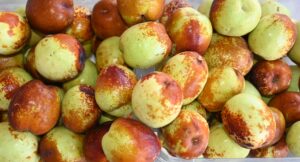
Coming to grips with the jujube fruit can have you going in circles, as ANDY WILSON discovered.
“It’s really like nothing else.”
This is the most common response of consumers and fruit lovers when they first bite into a jujube fruit.
“In terms of taste, it’s in between an apple and a date,” Seeka growers general manager Jonathan van Popering said as he tours some of the 16,000 jujube trees he has planted at Bunbartha in northern Victoria.
“And structurally, the fruit is similar to an olive.”
If that doesn’t confuse the first-time sampler, then the second bite answers the quandary by returning to the start.
Jujubes really are like nothing else.
They have a foamy texture and although they don’t produce a drop of juice, they are not dry and are quite sweet.
The soft green-coloured skin changes to brown after removal from refrigeration, but this can be misleading as it indicates they have ripened with an even better taste.
Jonathan sources the trees from a nursery in the South Australian country town of Cambrai where he has placed a large order for the near future.
“They asked us how many we wanted, so then it was a case of us saying ‘well, how many can you grow?’.”
The orchard hopes to reach 40,000 trees over the next two years.
Ziziphus jujuba is a member of the buckthorn family of plants and originates from the middle and lower reaches of China’s Yellow River where it was first cultivated more than 9000 years ago.
Since then, the plant has moved across Asia to as far as Russia and western Africa.
In Chinese herbal medicine, the fruit is used to treat irritability, insomnia and heart conditions.
China produces 40 per cent of global supply.
Very little jujube is grown commercially in Australia.
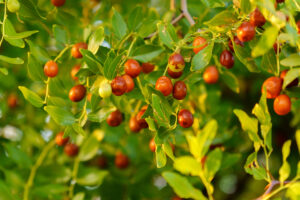
An added advantage to growing the trees is the ease with which they can be managed, and Jonathan lists off the farmer-friendly traits one by one.
The trees only require a light prune to maintain a basic shape, and in fact they self-prune in winter due to the fruit forming on what is basically a long compound leaf which sheds itself when cold weather arrives.
The trees are very hardy, salt-tolerant, do well in dry conditions as well as in very wet weather.
These are attributes that please Jonathan, and he doesn’t stop there.
“During last year’s floods some were underwater for two months, but we only lost a few.
“The beds are mounded to protect them from flood, but are not really needed for drainage normally.”
Adding to the seemingly ‘perfect behaviour’ of the trees, the fruit is not susceptible to any of nature’s antagonists.
“Part of the appeal of growing jujubes is that there’s not a lot of issues with pathogens and insects, at least not that we know of.
“It can be susceptible to fruit fly, but we have not seen that ourselves.”
Topping the wish list of the ideal fruit involved a little bit of luck.
“The orchard survived the three hail events of last summer because the fruit were young and small.”
It is this lack of susceptibility, successful use of weed control matting and all-round hardiness that means the orchard has very low inputs until harvest time.
“The biggest cost by far is harvesting; we can spend up to $30,000 per hectare for picking labour,” Jonathan said.
Although the flower of the jujube does not require bees for pollination, the occurrence of some fruit with poorly developed seeds has Jonathan preparing for the installation of beehives this year.
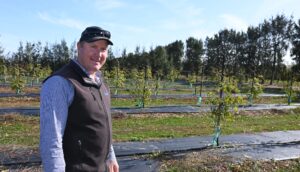
Seeka boasts being one of the largest kiwi fruit farms in Australia, with its plantation covering 168 hectares.
In addition, the company grows pears, nashis and plums.
Due to the jujube plantations being so young, the crop has been sold wholesale to Sydney markets, with Jonathan looking at trialling some market testing next year.
The company harvested more than six tons last season from two-year-old trees using around 100 pickers.
“There is that potential to export to China,” he said with enthusiasm.
“But we will also look at developing a local consumer market.”
Adding to the fruit’s charm is its ability to change into a completely different product when dried.
The flavour becomes concentrated as the fruit caramelises and becomes sweeter.
“At a glance it looks similar to a date.”
Seeka is pursuing the dry fruit market with equal enthusiasm, despite secrecy shrouding drying methods, something which Jonathan brushes aside confidently.
“We kind of get to write the textbook ourselves on drying them, as no-one’s willing to share that information,” he said.
“We are trialling multiple drying methods to ensure the best results.”
With such a well-behaved tree producing such a unique and tasty treat, the jujube is destined to add some Asian delight to supermarket shelves in the near future.

